
Elon Musk’s Starlink satellites promise to bring high-speed internet to every corner of the planet. However, there’s a major problem no one’s talking about. Scientists warn that as these satellites burn up in the atmosphere, they could be chipping away at the ozone layer—and that’s bad news for crops, marine life, and, well, everyone.
Wait, Starlink Satellites Burn Up?

Yes, and they do so at an alarming rate. Starlink satellites aren’t designed to last forever—when they go out of commission, they plummet back to Earth and disintegrate in the atmosphere. SpaceX currently has over 5,000 Starlink satellites in orbit, with plans to launch tens of thousands more. The problem? What they leave behind.
The Aluminum Oxide Problem
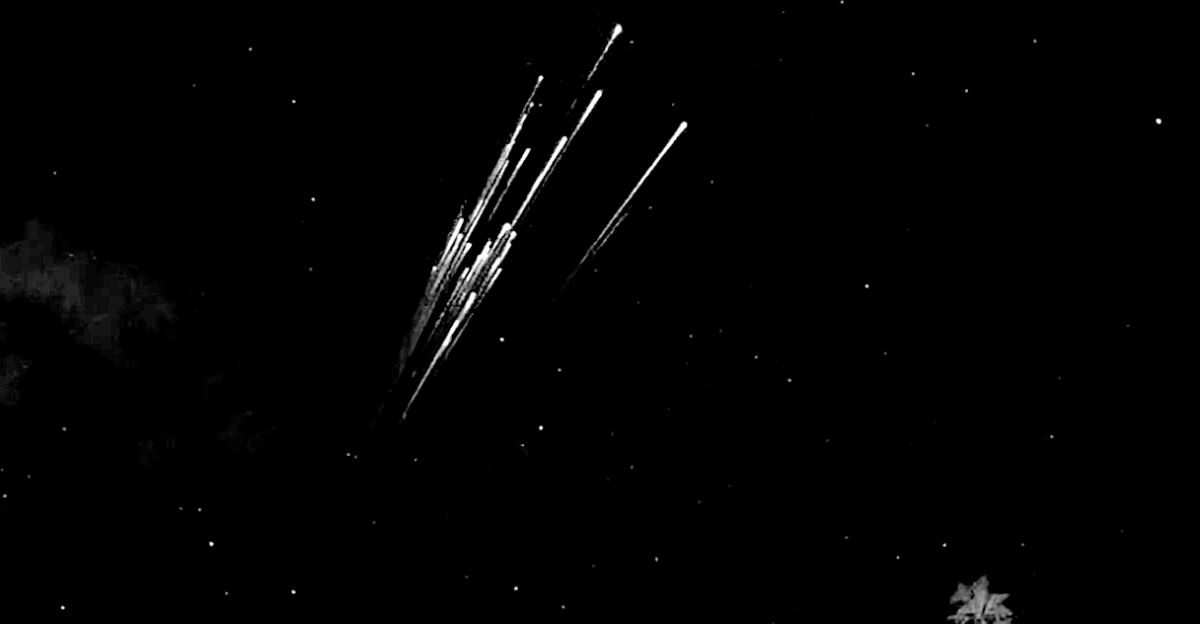
When Starlink satellites burn up, they release tons of aluminum oxide (Al₂O₃) particles into the atmosphere. This isn’t just some harmless space dust—scientists believe these particles could deplete the ozone layer and disrupt Earth’s climate in ways we don’t fully understand yet.
Depleting the Ozone, Haven’t We Been Here Before?
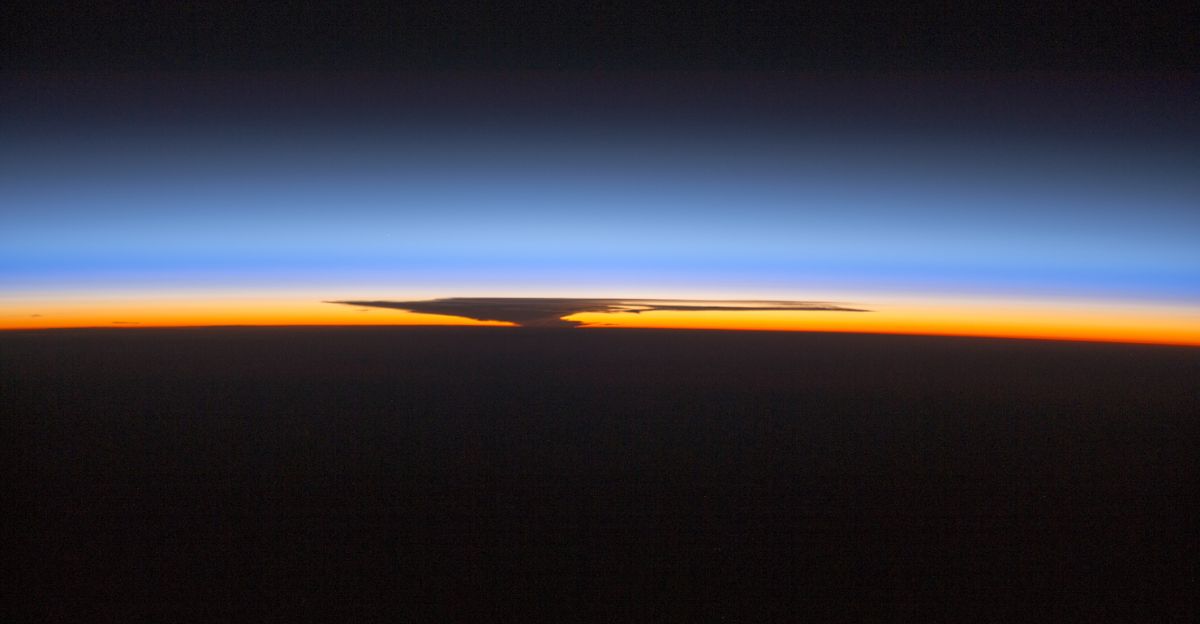
Flashback to the 1980s, when the world freaked out over the massive hole in the ozone layer caused by chlorofluorocarbons (CFCs) in aerosol sprays and refrigerants. Thanks to global efforts, the ozone started to heal. But now? We might be tearing it open again—this time with burning satellites.
How This Could Wreck Crop Yields
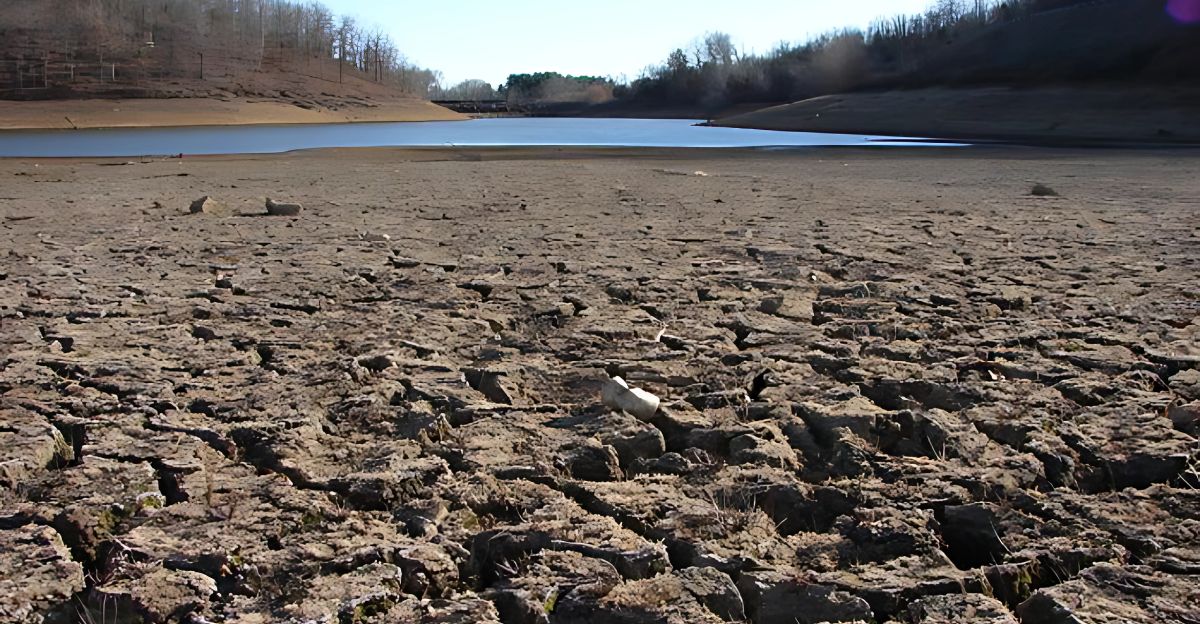
The ozone layer isn’t just Earth’s sunscreen, it’s what protects crops from deadly UV radiation. If Starlink’s aluminum particles cause ozone depletion, more UV rays will hammer farmlands, damaging plants, reducing crop yields, and disrupting global food production. In other words, your grocery bill could skyrocket.
Marine Life Could Take a Huge Hit
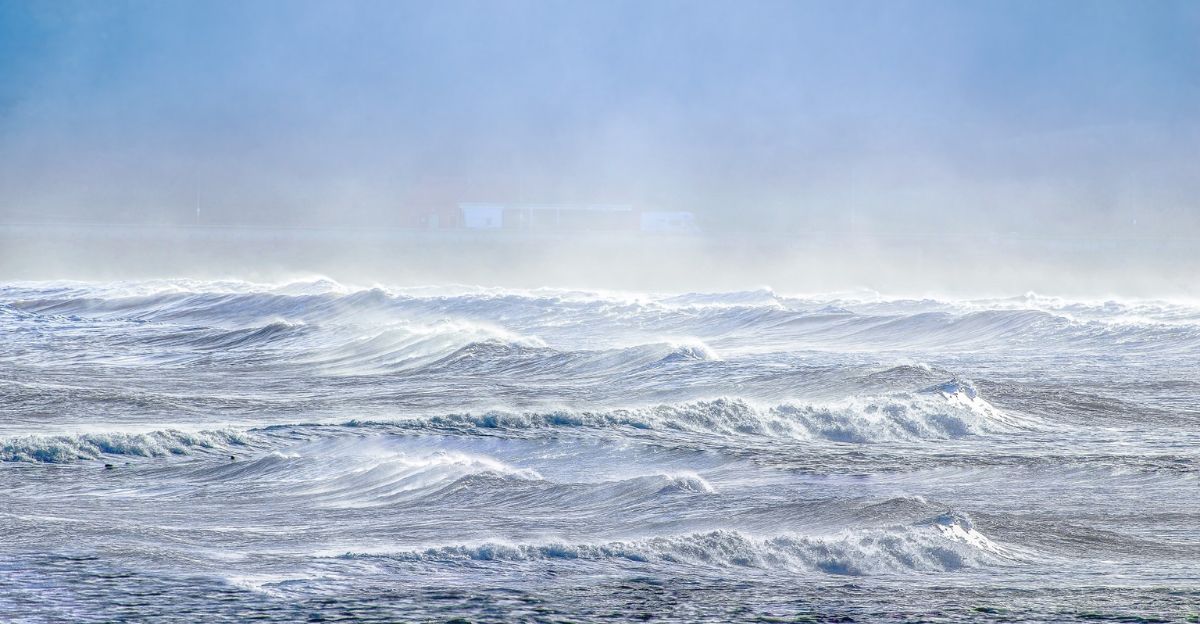
The ocean isn’t safe either. Plankton—the base of the entire marine food chain—relies on healthy UV levels. If too much UV radiation reaches the ocean’s surface, plankton populations could plummet, triggering a domino effect that devastates fish stocks, coral reefs, and the seafood industry.
But Wait, Isn’t This Just Theoretical?

Not anymore. Scientists at the University of British Columbia and NASA have warned that the increasing amount of space junk burning up in the atmosphere is a serious environmental concern. The impact of aluminum oxides on the ozone layer hasn’t been fully studied, but what we do know isn’t looking good.
This Problem Is About to Get WAY Worse

Right now, SpaceX has approval for 12,000 satellites, but it wants to increase that number to 42,000. Other companies, like Amazon’s Project Kuiper, also plan to launch thousands of satellites. If we don’t understand the atmospheric effects yet, should we really be flooding the sky with more?
The Space Industry’s Dirty Secret
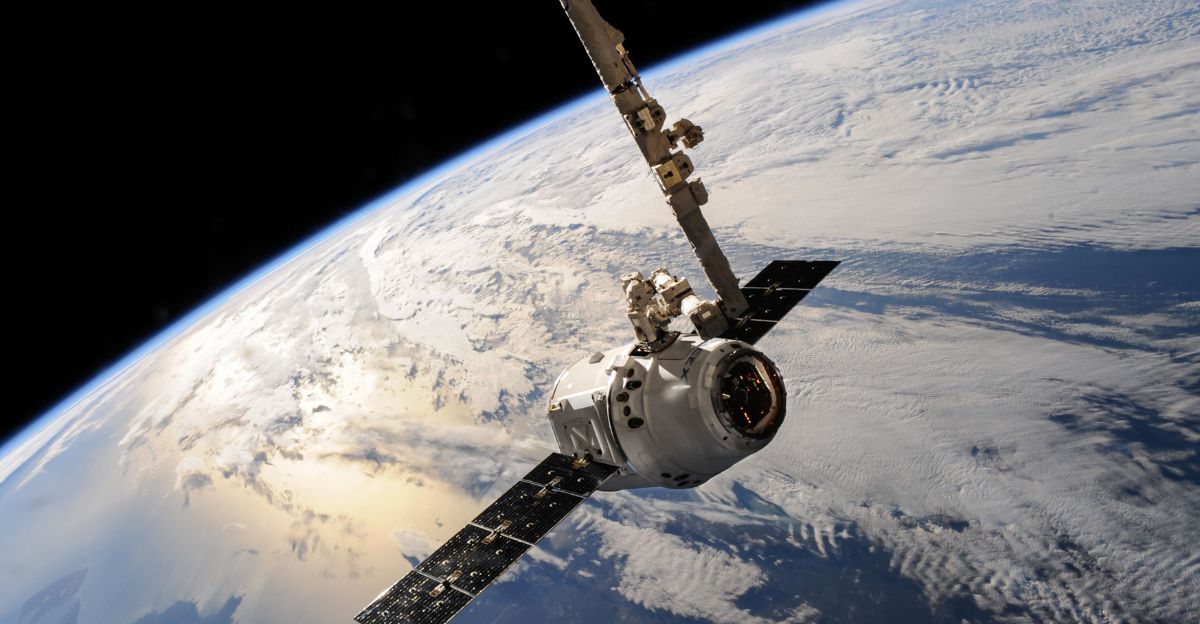
SpaceX isn’t the only one adding to the problem. Companies like OneWeb, Amazon, and China’s Guo Wang are all racing to launch satellite mega-constellations. The more satellites we send up, the more debris burns up—and the more we risk damaging the ozone layer.
The Government’s Response? Crickets
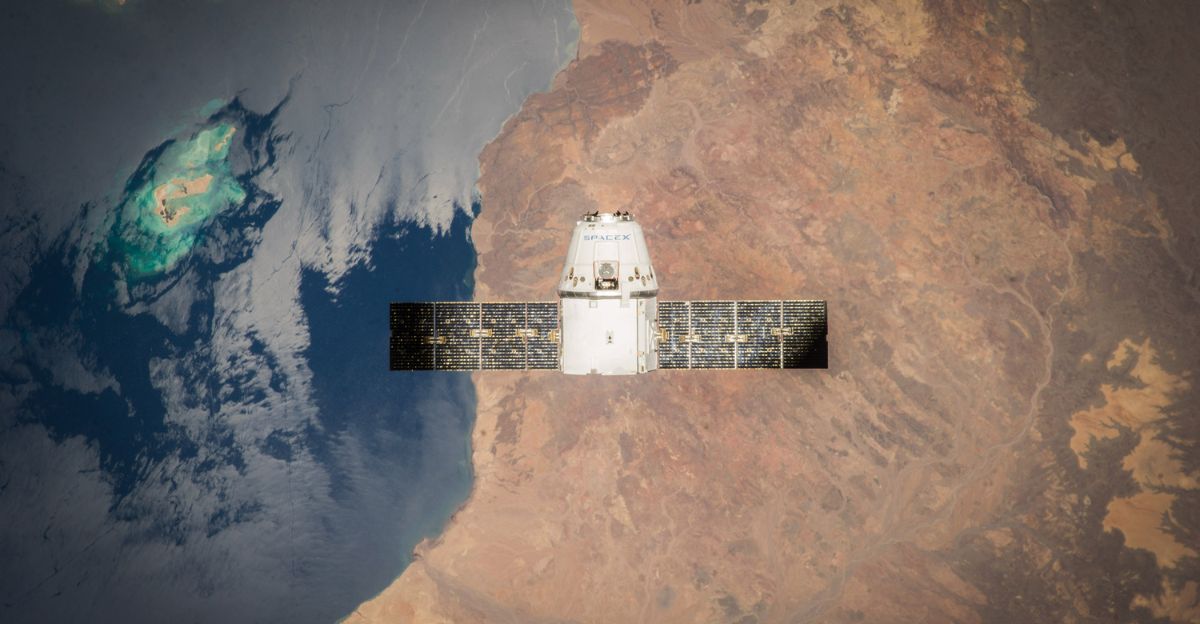
Despite the potential risks, there’s zero regulation on how many satellites can be launched—or what happens when they fall back to Earth. NASA, the FCC, and the EPA haven’t imposed strict rules on managing satellite pollution, leaving tech billionaires to do whatever they want.
Could This Cause a Climate Feedback Loop?

Some researchers fear that if enough aluminum particles accumulate in the atmosphere, they could disrupt weather patterns, altering rainfall, temperatures, and jet streams. In short? We could be engineering our own climate disaster—without even realizing it.
Are There Safer Alternatives?
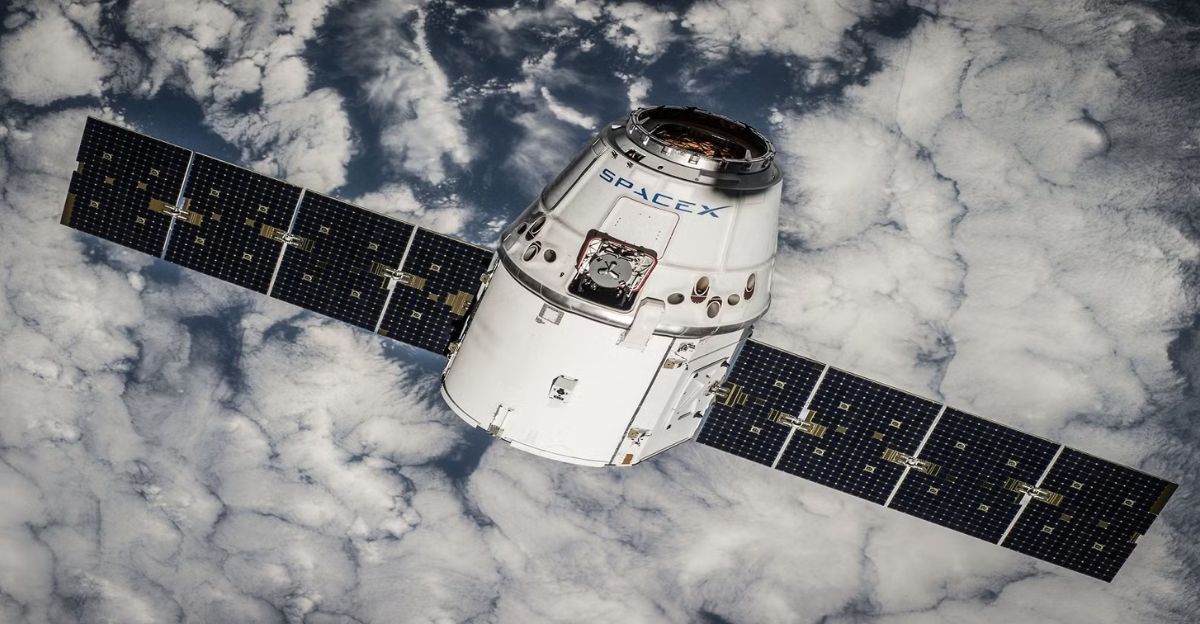
Scientists are now pushing for changes in satellite materials, urging companies to use safer alternatives to aluminum that don’t produce harmful oxides. But with the space industry moving faster than regulations, it’s unclear if companies like SpaceX will actually listen.
What Needs to Happen Now

The U.S. and global regulators must step in before it’s too late. Scientists are urging stricter limits on satellite launches, deeper research into aluminum oxides, and safer materials that won’t harm the atmosphere. Right now, the race for global internet is moving faster than regulations, and if nothing changes, we may be heading toward a new environmental crisis.
A Disaster in the Making?
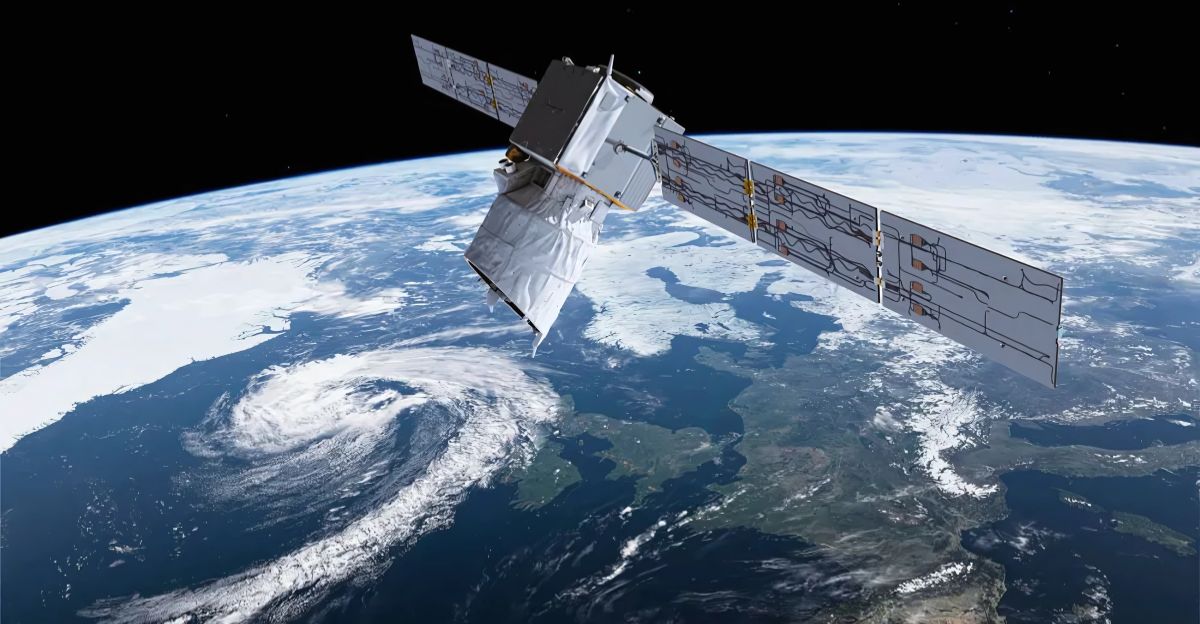
Bringing internet to the world may be a worthwhile cause, but at what cost? If Starlink and other satellite mega-constellations weaken the ozone layer, we could be facing crop failures, dying oceans, and extreme weather on a scale we haven’t seen before. Space exploration should push humanity forward—not put the planet at risk.
Explore more of our trending stories and hit Follow to keep them coming to your feed!

Don’t miss out on more stories like this! Hit the Follow button at the top of this article to stay updated with the latest news. Share your thoughts in the comments—we’d love to hear from you!







